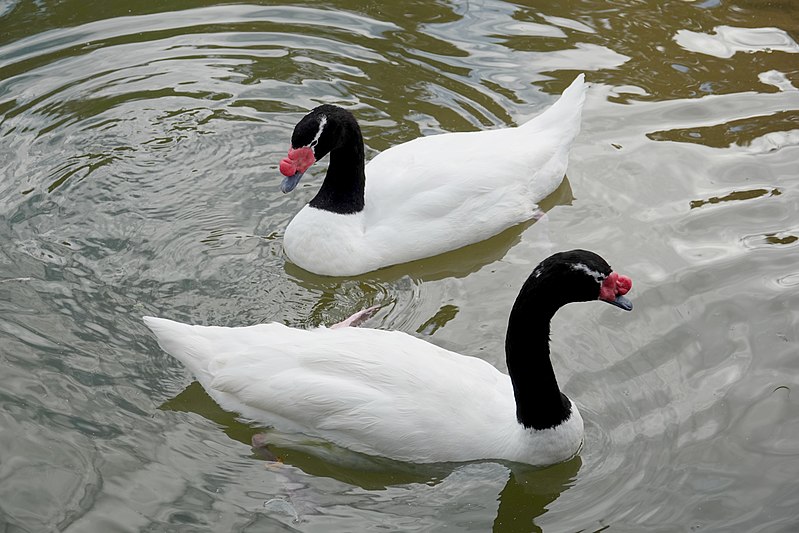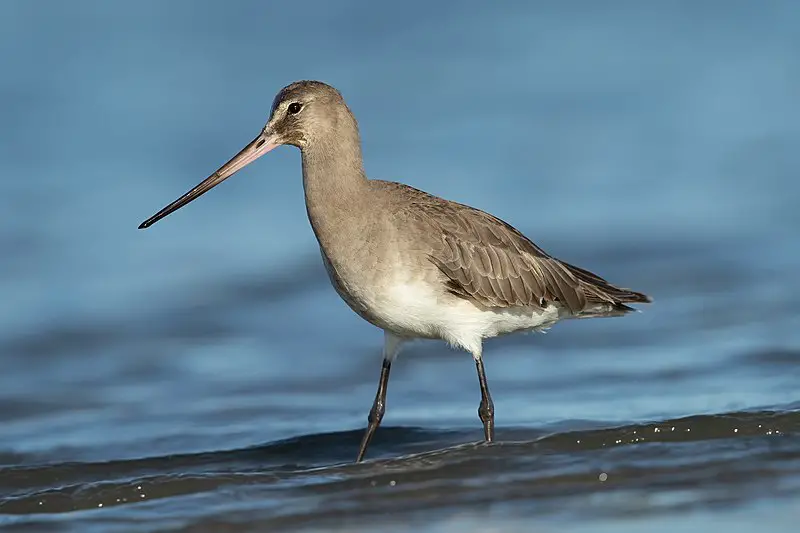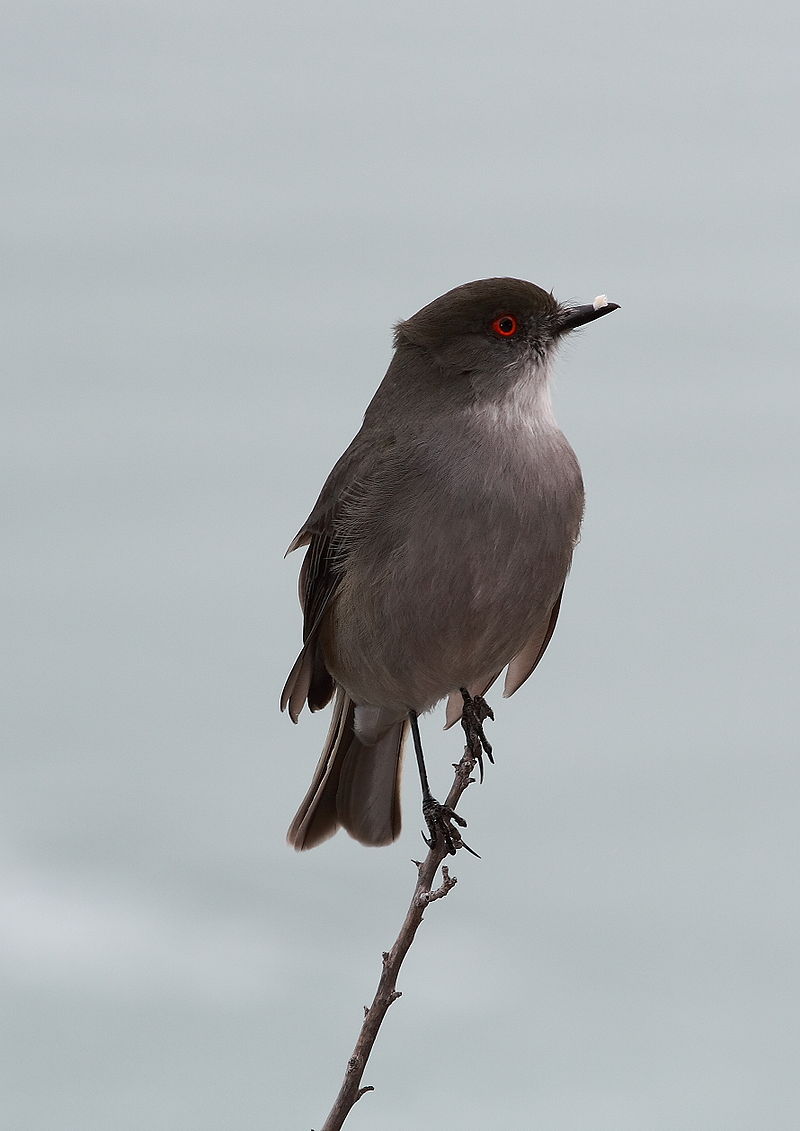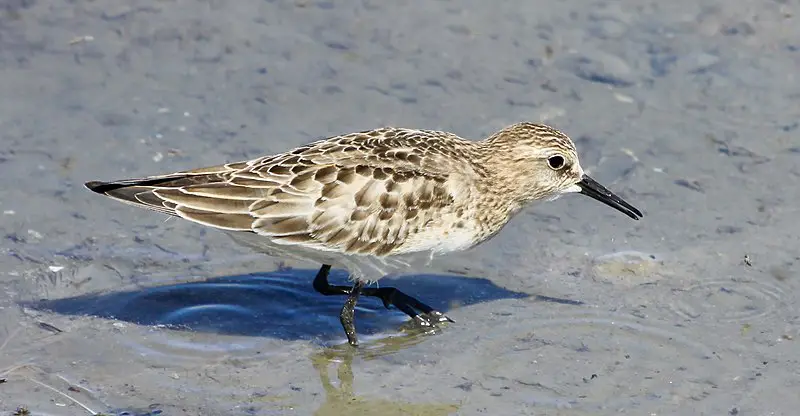Chiloé Island, located in southern Chile, is known for its unique culture, landscapes, and biodiversity. One of the most prominent aspects of its biodiversity is its birdlife, which is influenced by its geographical position and diverse ecosystems.
Chiloé Island is a haven for many species, from critically endangered to migratory, and attracts birdwatchers worldwide.
This article will explore the fascinating world of birds on Chiloé Island, their behavior, habitats, and the importance of conserving these species.
7 Common Birds In Chiloé Island
Chiloé Island is a beautiful and diverse place in southern Chile. It is known for its rich culture, history, and nature. One of the most remarkable aspects of its nature is its birdlife, which includes resident and migratory species.
Chiloé Island hosts a variety of habitats, such as wetlands, forests, grasslands, and coasts, that provide shelter and food for many birds.
We will introduce you to seven common birds that you can find on Chiloé Island, their characteristics, behavior, and conservation status.
1. Black-Necked Swan

The Black-necked Swan is a species of waterfowl belonging to the Cygnini tribe in the subfamily Anserinae. They are native to Argentina, Brazil, Chile, Uruguay, and the Falkland Islands.
The black-necked swan has been known to stand out from other members of its family due to its unique appearance; it has an all-white body with a black neck and head.
This bird typically lives near freshwater bodies such as lakes or rivers but can also be found on ocean coasts during some seasons when food sources become scarce.
It mainly feeds on algae and aquatic plants, though it occasionally eats small fish for extra nutrition.
Overall, this gorgeous bird stands proud amongst many others because of their stunning color combination, which makes them unmistakable.
Scientific classification:
| Kingdom | Animalia |
| Phylum | Chordata |
| Class | Aves |
| Order | Anseriformes |
| Family | Anatidae |
| Genus | Cygnus |
| Species | C. melancoryphus |
Also Featured In: Birds of Argentina, Patagonia Birds You Should Know
2. Hudsonian Godwit

The Hudsonian godwit is a beautiful shorebird belonging to the sandpiper family. Its scientific name, Limosa haemastica, gives insight into its appearance; limus means muddy, and haemastica translates to bloody in Ancient Greek – referring to its reddish-brown breast.
It was commonly referred to as red-breasted godwit in 18th century England. Godwit is an onomatopoeic term used for this bird since at least 1416–17.
The Hudsonian godwits migrate across many continents during breeding season, traveling over 16000 km between their Arctic breeding grounds and South America or Africa winter homes.
They are incredibly resilient birds that have adapted well to changing environments throughout centuries while managing long migratory flights each year.
Scientific classification:
| Kingdom | Animalia |
| Phylum | Chordata |
| Class | Aves |
| Order | Charadriiformes |
| Family | Scolopacidae |
| Genus | Limosa |
| Species | L. haemastica |
Also Featured In: Most Common Birds Found in Chile, Common Northwest Territories Birds
3. Fire-Eyed Diucon

The Fire-eyed Diucon is a unique species of passerine bird belonging to the Tyrannidae family, found in Central and South America.
It has an impressive 19–21 cm length with grey upperparts and pale grey underparts with white throat and undertail coverts.
Its most distinct feature is its bright coral-red eyes, for which it was named after. The diucon also makes distinctive call sounds like ‘tche’ or ‘dzee’ that can be heard all day and night, often repeated repeatedly.
This beautiful creature lives mainly on insects but sometimes uses fruits when other food sources are scarce.
They prefer open areas such as shrubby hillsides and woodlands, where they find plenty of their favorite snacks.
Scientific classification:
| Kingdom | Animalia |
| Phylum | Chordata |
| Class | Aves |
| Order | Passeriformes |
| Family | Tyrannidae |
| Genus | Pyrope Cabanis & Heine, 1860 |
| Species | P. pyrope |
Also Featured In: Common Birds that Live around Ushuaia,
4. Baird’s Sandpiper

Baird’s sandpiper is a small shorebird belonging to the Calidris genus. It has grey feathers and generally inhabits waterside locations, making it highly visible in its natural environment.
This species was named after Spencer Fullerton Baird, a 19th-century American ornithologist who worked with birds across North America.
The bird is relatively widespread but may decline in some areas due to human activity, such as habitat destruction or pollution of coastal wetlands where they often reside.
As an adaptable species, however, Baird’s sandpipers have been observed foraging on dry land far away from water sources during migration periods when food resources are scarce at their home grounds near waterways.
Scientific classification:
| Kingdom | Animalia |
| Phylum | Chordata |
| Class | Aves |
| Order | Charadriiformes |
| Family | Scolopacidae |
| Genus | Calidris |
| Species | C. bairdii |
Also Featured In: Grenada Birds, Birds that Live in Greenland
5. Greater Yellowlegs
The Greater Yellowlegs is a large shorebird found in the family Scolopacidae. It nests mainly in central Canada and south Alaska while wintering in southern North America, Central America, West Indies, and South America.
German naturalist Johann Friedrich Gmelin formally described the bird as part of his revision to Carl Linnaeus’s Systema Naturae.
It has long yellow legs, which sets it apart from other birds; when disturbed or alarmed, they will flash these bright-colored limbs about wildly.
Its diet consists mostly of insects like flies, beetles, grasshoppers, and dragonflies, although aquatic invertebrates are occasionally eaten.
These birds have adapted well to human habitation near shallow marshes or mudflats with plenty of food sources to feed upon, making them an easier species for people who love bird watching.
Scientific classification:
| Kingdom | Animalia |
| Phylum | Chordata |
| Class | Aves |
| Order | Charadriiformes |
| Family | Scolopacidae |
| Genus | Tringa |
| Species | T. melanoleuca |
Also Featured In: birds of Delaware, Wetlands Birds You Should Know
6. Patagonian Sierra Finch
The Patagonian Sierra finch is a species of bird that can be found in Argentina and Chile. It typically resides in temperate forests, subtropical or tropical dry shrubland, and temperate grassland.
Its diet includes seeds, flower parts, nectar, fruit, and insects.
However, it has also been known to forage on human refuse. This bird belongs to the Thraupidae family and is known for its unique and colorful appearance.
With its diverse diet and adaptable nature, the Patagonian Sierra finch has thrived in diverse environments.
Scientific classification:
| Kingdom | Animalia |
| Phylum | Chordata |
| Class | Aves |
| Order | Passeriformes |
| Family | Thraupidae |
| Genus | Phrygilus |
| Species | P. patagonicus |
7. Dark-Faced Ground Tyrant
The Dark-faced ground tyrant is a small bird in the southern Andes region and the Falkland Islands. It belongs to the tyrant flycatcher family and feeds on small invertebrates like flies and moths.
This ground-dwelling bird is 16 cm long, and the male is slightly larger than the female. It has long legs and a dark face, which gives it its name.
The dark-faced ground tyrant is known for its ability to forage on the ground, where it can be seen running and pouncing on its prey.
Its diet consists mainly of insects and uses its sharp beak to catch them. This bird is often found in mountainous regions and can survive in harsh conditions due to its adaptability.
The dark-faced ground tyrant is a fascinating species, and its unique features make it a popular subject for bird watchers and photographers alike.
Scientific classification:
| Kingdom | Animalia |
| Phylum | Chordata |
| Class | Aves |
| Order | Passeriformes |
| Family | Tyrannidae |
| Genus | Muscisaxicola |
| Species | M. maclovianus |
Also Featured In: Falkland Islands Birds You Need To Know,
Conclusion
Chiloé Island boasts a diverse avian population, with seven common bird species contributing to its unique ecological richness. From the majestic Andean condor soaring above the rugged landscapes to the colorful cacao flitting among dense forests, these birds embody the island’s natural beauty and biodiversity.
The presence of these species underscores the importance of preserving Chiloé’s habitats and ecosystems for both avian residents and visitors alike. Through conservation efforts and sustainable practices, we can ensure these feathered inhabitants’ continued survival and enjoyment for generations to come.